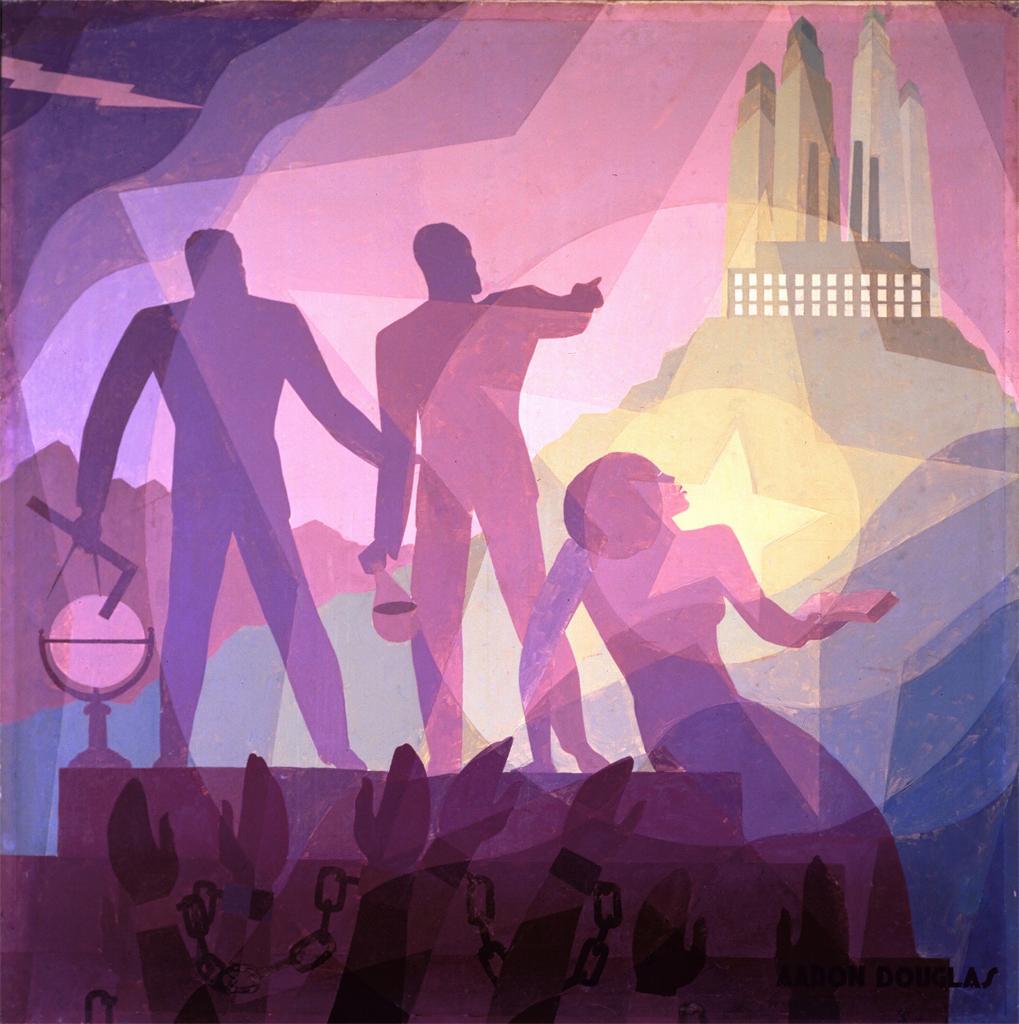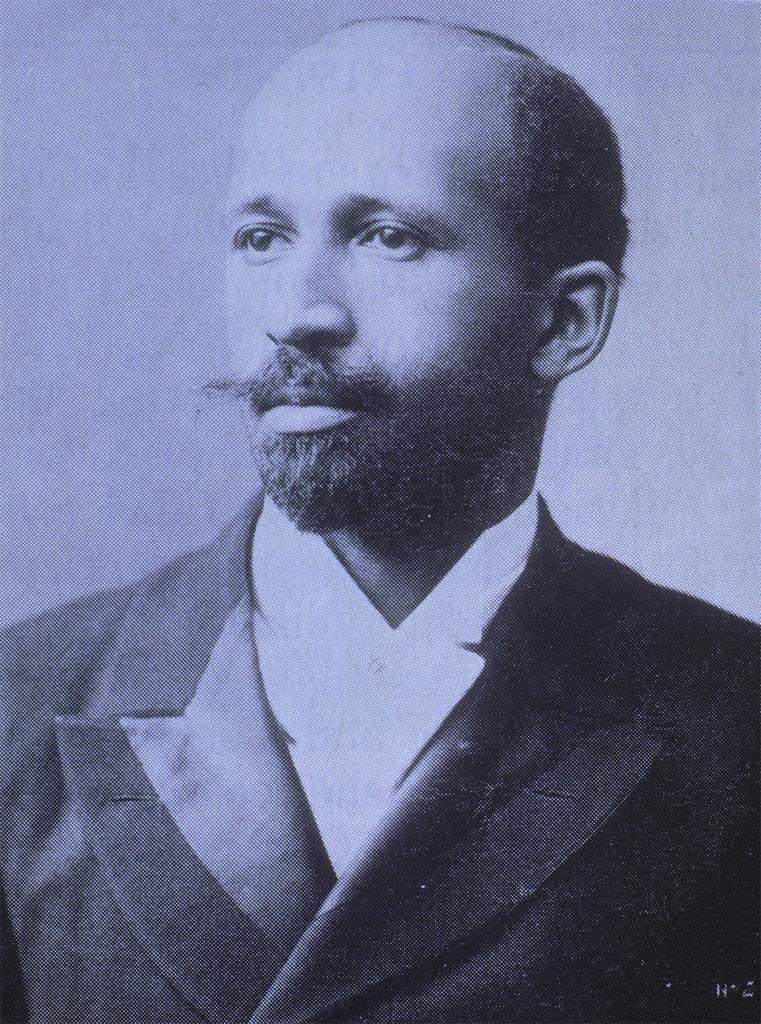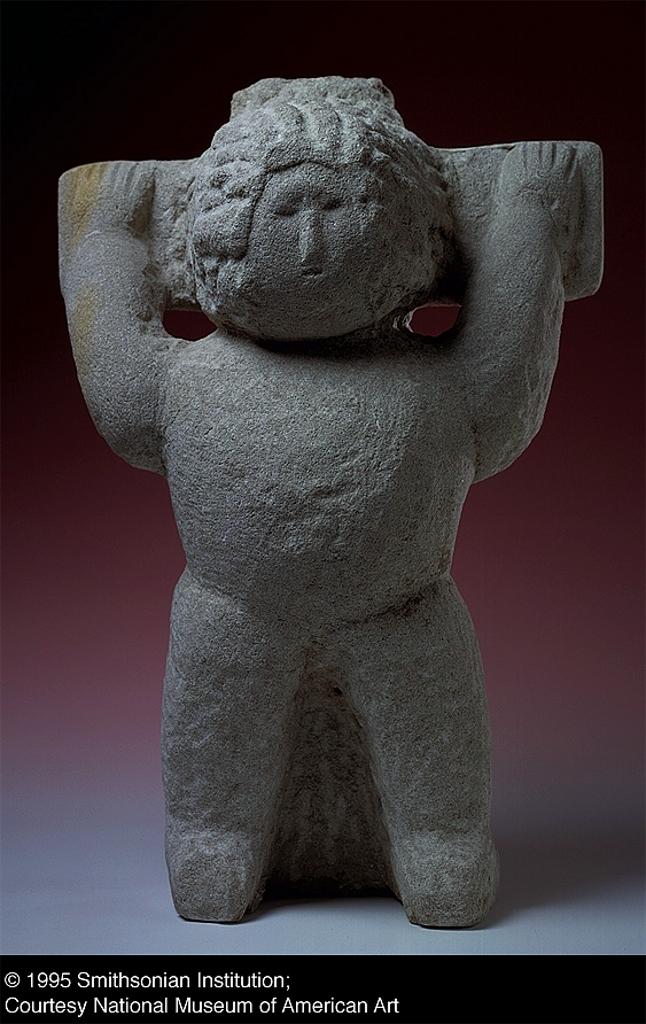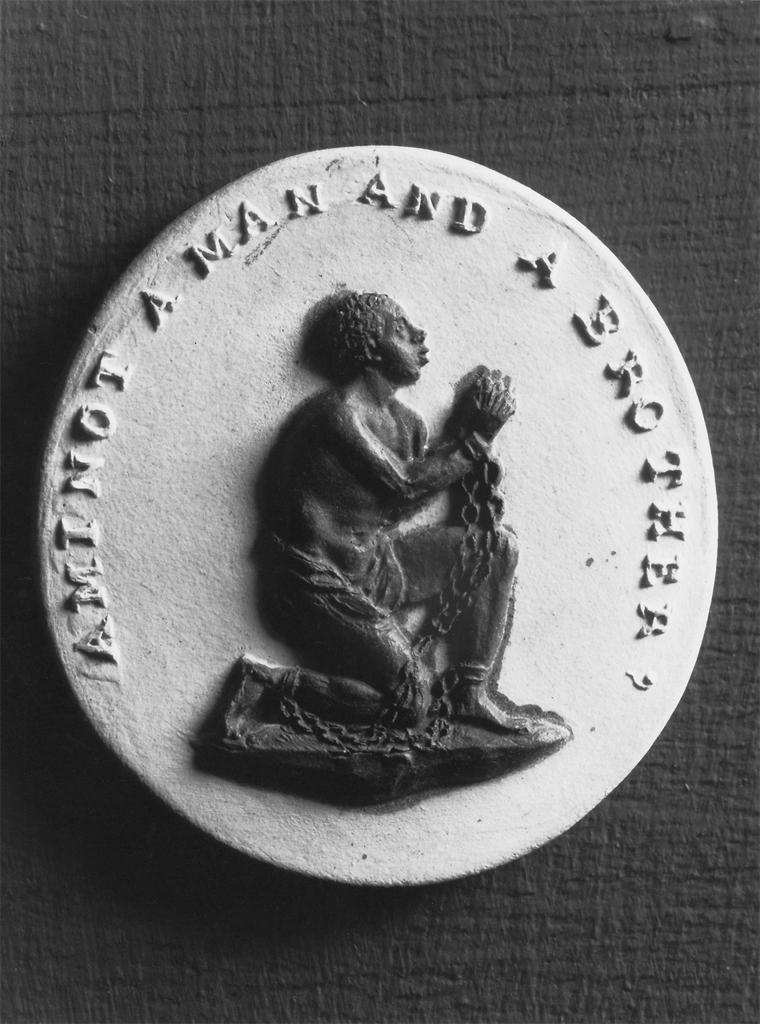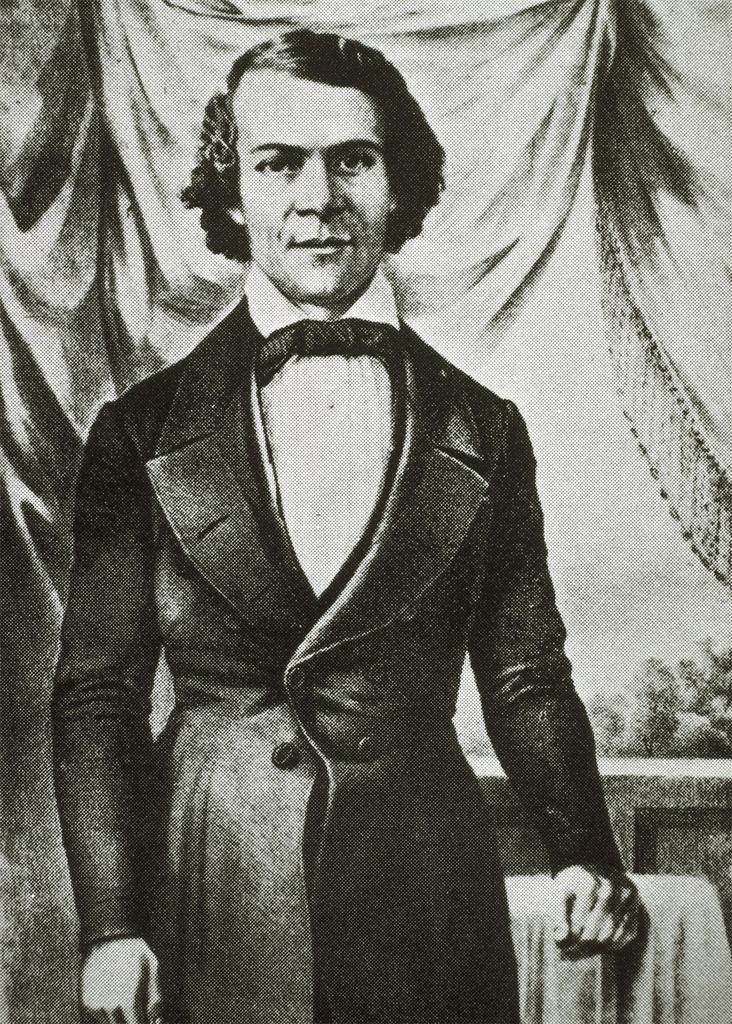Background
Memorialization through architectural and artistic means has been a part of human culture since the beginning of time. Architecture and art have been vehicles for memory and provides material and spatial qualities to a personal or collective memory. The memorial tries to accomplish two important things: to remember those who have passed or were affected by the event and to remind future generations as to what has happened to expose the wrong and prevent its reoccurrence. What is developed from these two key issues is an example of the values and thoughts of the generation that builds the memorial.
Some would argue, however, that the physical erection of a memorial brings an end to discussion and the active engagement with the memory. This is a problem that occurred when the Holocaust Memorial competition in Berlin was going on. (Young) As cited by James Young, a historian who specializes in Holocaust memorials and a juror for the second competition for the Berlin memorial “no single site can speak for all the victims, much less for both victims and perpetrators… I feared that whatever form the monument takes near the Potsdamer Platz would not mark the memory of Europe’s murdered Jews so much as burying it altogether.” (click here to learn more about this competition) Although a memorial was built in the end, the discourse and multiple designs produced during the competitions became an integral part of the memorialization process.
Another memorial competition has put the emphasis on the design process and shows that mulitple interpretations through physical form and the discussion that surrounds them become a much richer discourse than a final built product. On March 19, 2003 an Internet archive of memorial concepts was started for the Iraqi civilian victims of the current Iraq War. This database of conceptual ideas is meant to suggest ways to memorialize those who have been killed and to continue the conversation of why this war is happening and whom is it affecting. One of the goals of the project is “to initiate a process of open dialogue, debate and to discuss the surrounding issues of civilian casualties in Iraq, memorials and the role of artists in a time of war.” (Iraqi Civilian Memorial) The aim of the Iraqi Civilian Memorial Competition is to solicit many ideas and provide an enduring dialogue about the war. Like Young and the Holocaust memorial, the process becomes the important part and creates thoughtful discussion and debate.
Although the history and legacy of slavery is taught in schools and is a known part of America’s past there are few memorials dedicated to American slavery or to those who were affected by it. To nationally recognize an atrocity that has so profoundly shaped our country’s racial relations and cultural beliefs would foster an interesting debate. A memorial competition, like the Iraqi Civilian Memorial Competition, can also create a place for exploring the role and memory of slavery in contemporary American society and culture. Even today, over 140 years since emancipation, there is not a national memorial to commemorate the victims of slavery or their predecessors. As the late John Hope Franklin said previously in USA Today, "...It's 2006, and there's nothing in the nation's capital to show what happened to African-Americans. Nothing." As a country that bases its roots in the ideals of freedom and equality, there should be a memorial to recognize those who were enslaved and the lives that they lived.
Manifestations of Memory’s goal is to keep the discourse on slavery alive through memorial art and architecture. The website, design proposals, comments, and exhibition/symposium all make it an interactive memorial that can arguably be more powerful than any one built form could ever be.


